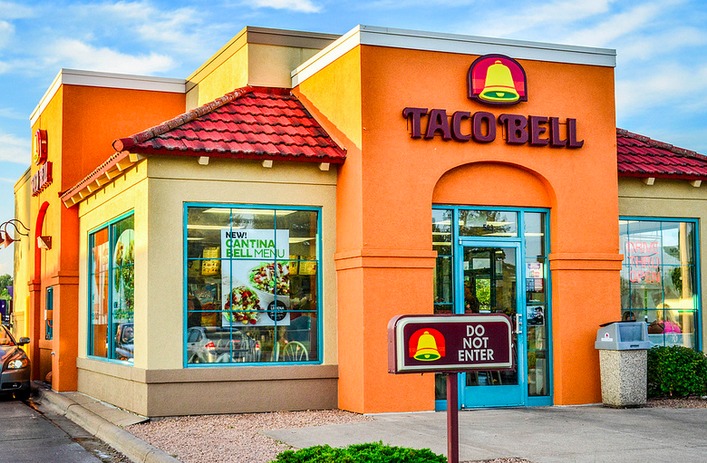 Author: Tyler Kocon, Split Rock Private Trading
Author: Tyler Kocon, Split Rock Private Trading
Covestor model: Bakken Shale
Disclosure: Long EOG, WLL, KOG
Oil and gas stocks should benefit over time from OPEC’s recent revision of global oil demand.
Despite continued economic and geopolitical concerns, OPEC expects the U.S. and the rest of the world to maintain if not increase its consumption of crude.
Let’s look at the numbers:
OPEC’s announcement was a two-fold global revision. First, it provided a value for daily global oil consumption in 2013. That number was 89.6 million barrels, up slightly from its July prediction of 89.5 million barrels.
Second, OPEC updated and revised its previous predictions for 2012, raising daily consumption to 88.74 million barrels, up from a previous 88.72 million.
The global numbers are meaningful. Yet oil and gas investors should also be concerned with the U.S. domestic oil production and import numbers. Those numbers reflect more domestically produced energy and less dependence on imports.
Domestic oil production hit more than 5.6 million barrels per day in 2011, the highest production level since 2003. Meanwhile, U.S. oil imports have dropped an average of 236,000 barrels per day annually since 2006.
The potential increase in oil demand has to come from somewhere, and I expect that the difference will be taken directly from the earth in North Dakota and Texas.
How can investors capitalize on the re-shaping oil atmosphere of the United States?
The answer may include investments in the Bakken Shale separately managed account hosted by Covestor and managed by Split Rock Private Trading.
The model invests in stocks including EOG Resources, Inc. (EOG), a top five holding in the model. EOG not only holds enviable acreage in the Bakken Shale oil field of North Dakota’s Williston basin, it also has holdings in the Eagle Ford area of mid-Texas, an area with untapped reserves that is also near the Gulf Coast refiners.
The company’s domestic operation allows it to avoid tension and turmoil in the Middle East, and steer very clear of the hotly contested Strait of Hormuz.
The Bakken model also invests in companies with large Bakken acreage that could be attractive takeout targets based on their current reserves and production statistics. Those stocks include Whiting Petroleum (WLL) and Kodiak Oil & Gas (KOG).
If you would like to learn more about the Bakken Shale model or to discuss other equity investing options, call Covestor at 866-825 3005 X 703.
One of the main benefits of investing with us — apart from great service — is that we will set you up with an account where your money is truly separate from everyone else’s money. It’s not sloshing around in a pool run by us or some third party and there is no one earning interest on it.
You can see your balance changes on a daily basis, make investment changes quickly and add or pull your money at your complete discretion. We’re here to help guide you and help you along the way, too.
We would welcome the chance to talk to you about our investment models and to help you decide if one or more of them might be right for you.
Certain of the information contained in this presentation is based upon forward-looking statements, information and opinions, including descriptions of anticipated market changes and expectations of future activity. We believe that such statements, information, and opinions are based upon reasonable estimates and assumptions. However, forward-looking statements, information and opinions are inherently uncertain and actual events or results may differ materially from those reflected in the forward-looking statements. Therefore, undue reliance should not be placed on such forward-looking statements, information and opinions.
The investments discussed are held in client accounts as of September 20, 2012. These investments may or may not be currently held in client accounts.The reader should not assume that any investments identified were or will be profitable or that any investment recommendations or that investment decisions we make in the future will be profitable.



